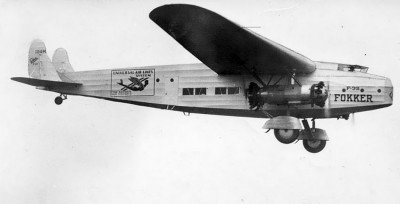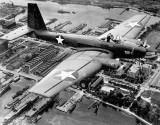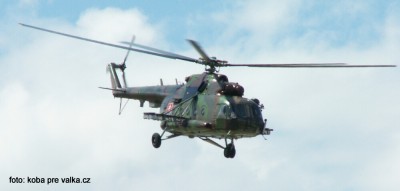List of author's articles
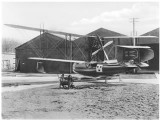
AD Flying Boat
AD Flying Boat is a patrol aircraft for cooperation with warships. The creator was Lt. Linton Hope and got the form of a conventional biplane seaplane with biplane tail surfaces and a double rudder. The pilot and observer sat classically in registration in the bow, behind them was an engine with a thruster. The wings were tilted forward for easier storage on the ship.

Aeronautica Lombarda AR
Italy's first remotely piloted suicide drone, whose development led to today's unmanned vehicles and cruise missiles.

Alexander Vasilyevich Suvorov
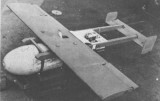
American sliding bombs of the GB series

Avro 500

Avro Anson

Bell P-39D Airacobra
Reports from the European battlefield led the USAAC to declare the newly deployed P-39Cs unsuitable for their original purpose due to weak armor and weapons.

Boeing 100
The Boeing Model 100 was a civilian variant of the F4B-1 fighter. The main difference was of course the removal of military equipment and the installation of the fuel tank in the centre of the upper wing.

Boeing F4B-1
Based on tests of the Boeing Model 83 and Model 89 prototypes, the US Navy ordered the construction of 27 production F4B-1s (A8130 / A8156) on 28 November 1928. These machines were given the company designation Model 99 and were based mainly on the Model 89 - they were given the same landing gear, but had the extra landing hook as the Model 83 and were given the R-1340C engine.
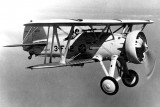
Boeing F4B-4
After the delivery of the 21st unit, the Boeing F4B-3 was replaced in production by the F4B-4 version, which differed by an enlarged rudder and wings with a higher area load, but retained the company designation Model 234. However, the first of these was not delivered until 21 June 1932, as the Navy allowed 14 of the order machines to be removed and converted to the export Model 256 for Brazil.
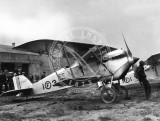
Boeing FB-1
By the mid-1920s, the U.S. Navy finally needed a true naval fighter, instead of the aging Curtiss TS-1, Vought UF-1, and similar emergency types. It therefore watched with interest the Army competition in which Boeing and Curtiss designs fought each other. The Army allowed Navy pilots to test both the Curtiss XPW-8A and Boeing's XPW-9 - indeed, a possible order from both services could interestingly reduce the unit price.

Boeing FB-1
By the mid-1920s, the U.S. Navy finally needed a true naval fighter, instead of the aging Curtiss TS-1, Vought UF-1, and similar emergency types. It therefore watched with interest the Army competition in which Boeing and Curtiss designs fought each other. The Army allowed Navy pilots to test both the Curtiss XPW-8A and Boeing's XPW-9 - indeed, a possible order from both services could interestingly reduce the unit price.

Boeing Model 281 - Peashooter for China
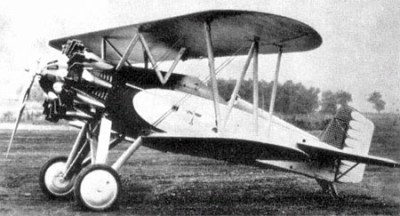
Boeing P-12 and F4B fighters
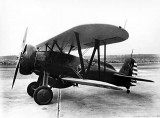
Boeing P-12E
The roots of the main version of the P-12, the P-12E, were in the Boeing Model 218, a privately owned machine on which the company tested new design features. Essentially, it was a P-12B with a metal semi-scooped fuselage, which the company first tested on the XP-15, and a back that transitioned into a headrest. The rudder was originally identical to the P-12B, but was later replaced by a taller and rounder one.

Boeing P-26 Peashooter

Boeing P-26A Peashooter
The Boeing P-26 "Peashooter" was the first American production all-metal fighter aircraft and the first pursuit monoplane to enter squadron service with the United States Army Air Corps. Designed and built by Boeing, the prototype first flew in 1932, and the type was still in use with the U.S. Army Air Corps as late as 1941 in the Philippines.
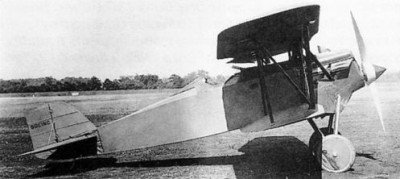
Boeing PW-9 and FB fighters

Boeing XF4B-1
Already during the tests of the XF3B-1 onboard fighter, the Boeing factory saw the possibility of further development of the design into a machine that could replace both the naval F2B and F3B and the military PW-9, and soon began self-financed construction of two prototypes. These differed in some elements, so they were given different designations. The Model 83 had a chassis with wheels on a common axle and also received a catch hook, the Model 89 had separate chassis legs, and the hook was missing. However, the looser space between the legs of the chassis made it possible to hang a five-hundred-pound bomb here.

Boeing XP-26
In the early 1930s, the USAAC faced the advent of single-plane bombers that were faster than the standard American biplane fighters. In September 1931, therefore, the USAAC passed on to Boeing a requirement for a new single-plane fighter.

Boeing XP-9
The XP-9 was Boeing's first attempt at a fighter monoplane. Model 96 was created according to the specifications of X-1623A, which were issued on May 24, 1928, and the contract for one machine with the military designation XP-9 was signed five days later.

Boeing XPW-9
By 1922, production of the 200 MB-3A fighters that Boeing was building under license from Thomas-Morse was slowly running out, and William Boeing began looking for a new type to keep the factory busy. After experience with the all-wood construction of the MB-3, Boeing designers began to focus on new technologies that would make the new machine easier to build and maintain.
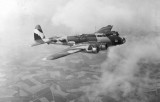
Boeing YB-17 Flying Fortress
After the destruction of the XB-17 prototype at launch, the Boeing factory was temporarily omitted from the Army's long-range bomber program, but because the accident was evaluated as a pilot error and the B-17 as a machine with interesting results, a test series of at least thirteen Y1B machines was ordered on January 17, 1936.

Boeing YP-29A
The Boeing P-29 and XF7B-1 were an attempt to produce a more advanced version of the highly successful P-26. Although slight gains were made in performance, the U.S. Army Air Corps and U.S. Navy did not order the aircraft.
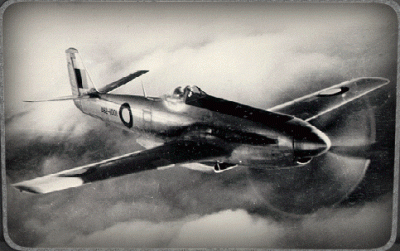
CAC CA-15 Kangaroo
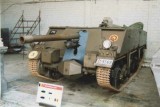
Canon Antitank d’Infanterie 90 mm
The Canon Antitank d’Infanterie 90 mm (CATI 90, Infantry Anti-Tank Gun) was a light tank destroyer developed in Belgium in 1953 and based on the British Loyd Carrier vehicle from World War 2. By adding a light but powerful gun to the old carrier, the Belgian Army had created a cheap vehicle which provided direct infantry support, especially to be used against enemy armored vehicles.

Cathars and Catharism
The Cathars were one of the sectarian currents that emerged in Europe after the year 1000, and today they are both a well-known symbol of the bloody settlement of religious disputes and a beneficial tourist item in southern France.
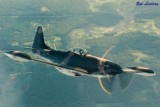
Cavalier F-51 Mustang II

Chronicle of Vincent
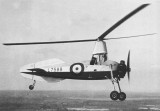
Cierva C.40 Rota Mk.II
C.40 was an observational and multi-purpose gyroplane, developed by an engineer of Spanish origin Juan de la Cierva.
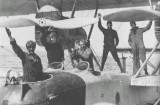
Commander John Rodgers

Curtiss BFC / BF2C Goshawk fighters
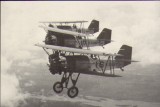
Curtiss F6C Hawk fighters

Curtiss F8C Falcon and Helldiver multipurpose aircraft
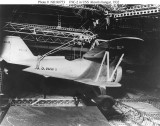
Curtiss F9C-2 Sparrowhawk
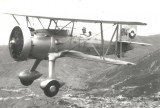
Curtiss Hawk II
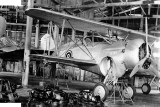
Curtiss Hawk III

Curtiss JN-3

Curtiss N2C Fledgling
The history of an inconspicuous training aircraft, which in one piece also served in the Czechoslovak Air Force.
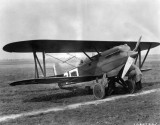
Curtiss P-1 Hawk fighters

Curtiss P-6 Hawk

Curtiss P-6 Hawk fighters

Curtiss XF13C-1
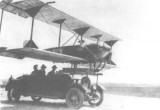
Curtiss-Sperry Flying Bomb
The Curtiss-Sperry Automatic Airplane was a project undertaken during World War I to develop a flying bomb, or pilotless aircraft capable of carrying explosives to its target. It is considered by some to be a precursor of the cruise missile.

De Havilland DH82B Queen Bee
The De Havilland DH82B Queen Bee was created in response to the 18/33 specifications, which required a radio-controlled drone to serve as a target for anti-aircraft artillery training.

De Havilland Vampire - at home and on the way
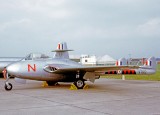
De Havilland Vampire - Vampire fighters of the RAF

DFS 39 - on its way to Comet
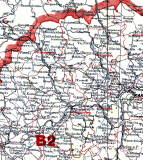
District of Sokolovo and the establishment of Czechoslovakia 1918-1921, part 1.
Origin of Czechoslovakia and events in the border area.
This series will describe the events of the turning years of 1918-1921 in the Czech border, specifically in the Sokolov region and, of course, also in nearby Karlovy Vary.
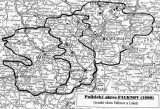
District of Sokolovo and the establishment of Czechoslovakia 1918-1921, part 2.
Czech-German border 1918 - famine, epidemic, but also the occupation of Cheb airport, the arrival of the Czechoslovak army in Karlovy Vary and an attempt to declare the German "West Bohemian Republic".
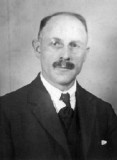
District of Sokolovo and the establishment of Czechoslovakia 1918-1921, part 3.
Political efforts to resist joining Czechoslovakia and bloody March 4.
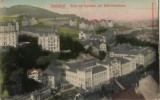
District of Sokolovo and the establishment of Czechoslovakia 1918-1921, part 4.
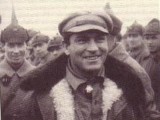
District of Sokolovo and the establishment of Czechoslovakia 1918-1921, part 5.

District of Sokolovo in 1948
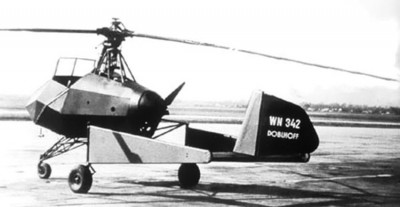
Doblhoff WNF 342 - the first "jet" helicopter

Donnet-Denhaut seaplanes
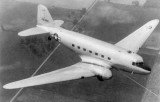
Douglas XCG-17 - Dakota without engines
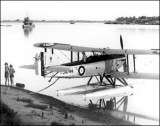
Fairey III
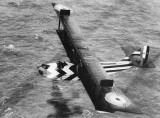
Felixstowe F.2A
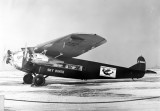
Fokker F.10 Trimotor
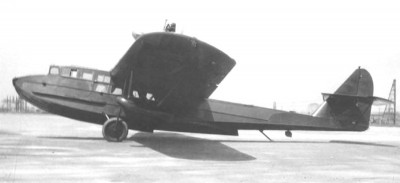
Fokker F.11-A Flying Yacht

Fokker F.14
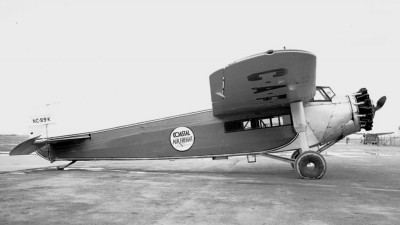
Fokker Super Universal
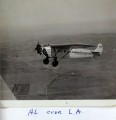
Fokker Universal

General suffrage in Předlitavsko

Grumman F4F Wildcat
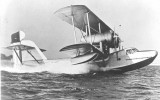
Hall PH-3
The Hall PH was an American flying boat of the 1930s. It was a twin-engined biplane, developed from the Naval Aircraft Factory PN and could hence trace its lineage back to the Felixstowe flying boats of World War I. The PH was purchased in small numbers by the United States Navy and the United States Coast Guard. It remained in service with the Coast Guard until 1944, being used for anti-submarine and search and rescue duties.

Handley Page O/100
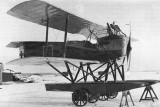
Hansa-Brandenburg W.12

Heinkel He 112 B-1
German fighter aircraft designed by Walter and Siegfried Günter. It was one of four aircraft designed to compete for the 1933 fighter contract of the Luftwaffe, in which it came second behind the Messerschmitt Bf 109. Small numbers were used for a short time by the Luftwaffe and some were built for other countries, with around 100 being completed.

Heinkel He 176
The story of an interesting experimental rocket-powered aircraft, including its mysterious end...

Islands between Europe and Muslims

IVL D.26 Haukka
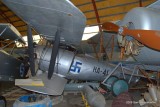
IVL D.27 Haukka II
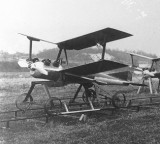
Kettering Bug
The Kettering Bug was an experimental unmanned aerial torpedo, a forerunner of present-day cruise missiles. It was capable of striking ground targets up to 121 kilometres (75 mi) from its launch point, while traveling at speeds of 80 kilometres per hour (50 mph). The Bug's costly design and operation inspired Dr. Henry W. Walden to create a rocket that would allow a pilot to control the rocket after launch with the use of radio waves. The British radio controlled weapons of 1917 were secret at this time. These designs were forerunners of modern-day missiles.

Knightly orders and Bohemia

Kryštof Harant from Polžice, Bezdružice and on Pecka and his time
The traveler, composer and soldier Kryštof Harant made a significant impact on our history " with a gun in his hand ", which also became fatal for him.
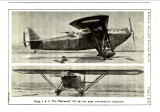
Les Mureaux 130 A.2
Unlike the 4 C's.2 (and as much as 3 C.2) used a Les Mureaux 130 engine Hispano-Suiza, located on the "universal" bed, allowing the installation of any dimensionally similar engine in the range of from 450 to 600 horsepower. Differed, however, with detailed fairing, which included the replacement of chillers, originally placed on the struts of the chassis on the sides of the fuselage, a single radiator under the engine.

Loket castle in the Middle Ages and during the Thirty Years' War

Lorraine-Dietrich
History of a French carmaker and a factory for aircraft engines and armored vehicles.
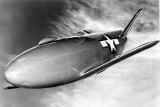
McDonnell LBD-1 Gargoyle
The US Navy monitored information about German anti-ship weapons, such as the Hs 293, and showed interest in its own counterpart. In 1944, therefore, McDonnell won a contract for an anti-ship sliding bomb named Gargoyle.

Messerschmitt P.1101
Designed as a cheap single-engine replacement for the Me 262. After the rejection of the project by the Ministry of Aviation, the prototype was completed by Messerschmitt as an experimental wing with a variable-incidence wing.

Miles Hoop-la
A small high-altitude aircraft of classic Miles shapes, which had an open bomb bay in the lower part of the fuselage for one 1000lb bomb and double tail surfaces.

Naval Aircraft Factory TDN-1
In 1938, the first idea for the use of drones for naval bombing arose, but interest was not aroused until 1940, when Farnhey demonstrated to the Navy his first unmanned machine controlled by a television system.

Pigeon-Fraser Scout
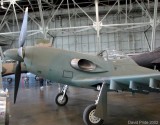
Piper PA-48 Enforcer

Plzeňský landfrýd
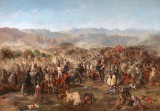
Reconquista
The Reconquista, the struggle for the liberation of the Iberian Peninsula from Muslim hands, began after 1035, when died unifier of the Christian kingdoms on the peninsula King Sancho III the Great of Pamplona. The whole peninsula was going through a crisis at that time, during which the Caliphate of Cordoba fell, and then also the Christian kingdom of Sancho. From that moment on, it was a real Reconquista, not just an effort to keep the previous one.
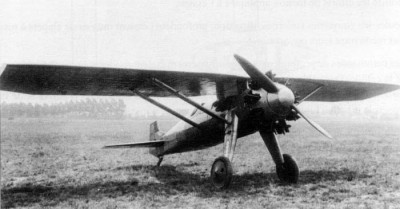
Renard Épervier

Seaplane Donnet-Denhaut DD.10
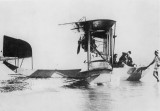
Seaplane FBA Type A

Seaplane FBA Type B
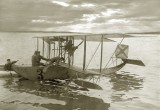
Seaplane FBA Type C

Seaplane FBA Type H
Story of the biggest French flying boat of the period of the Great war.

Seaplane FBA Type S
Description of the last of the World War 1 flying boats of the company FBA.

Second Republic
The state of Czechs and Slovaks before the outbreak of World War II.

Short Bomber
After the aircraft armed with torpedoes, which did not have very suitable targets in the early stages of the Great War, Commander MF Sueter, the head of the Air Department of the British Admiralty, turned his attention to machines designed more for attacks on enemy ports and ships moored in them.

Slovakia and the Polish campaign

Société des Établissements Donnet-Denhaut

Sung-chua-ťiang-1
In 1958, the first attempts at a domestic airliner began in China.

The Prussian-French War and the Paris Commune

Thomas-Morse MB-3
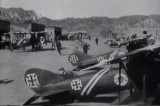
Tommy Scout
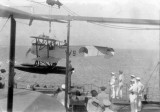
Van Berkel WA
Single engine Dutch long range reconnaissance seaplane built in the early 1920s for work in the Dutch East Indies. Six were operated by the Dutch Naval Aviation Service (MLD) with disappointing results, though the last two were not decommissioned until 1933.
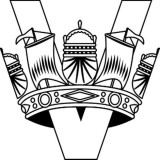
Vickers Limited
History of British industrial giant Vickers Limited. The foundations of one of the three, maximum four of the most famous British engineering companies were laid by Edward Vickers, a miller living in Sheffield Industrial on the very edge of northern England, in 1829.
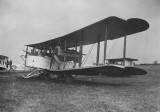
Vickers Vimy
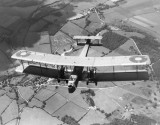
Vickers Virginia

Wight A.D. Type 1
The british attempt of armored anti-ship float plane from the period of the first world war.

Willy Brandt and his Ostpolitik
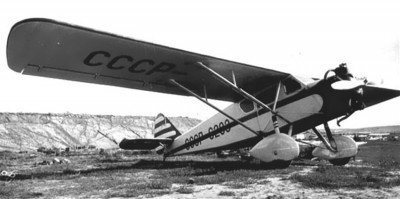
Yakovlev AIR-6
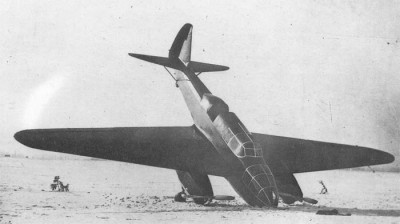
Yakovlev UT-3
Join us
We believe that there are people with different interests and experiences who could contribute their knowledge and ideas. If you love military history and have experience in historical research, writing articles, editing text, moderating, creating images, graphics or videos, or simply have a desire to contribute to our unique system, you can join us and help us create content that will be interesting and beneficial to other readers.
Find out more
